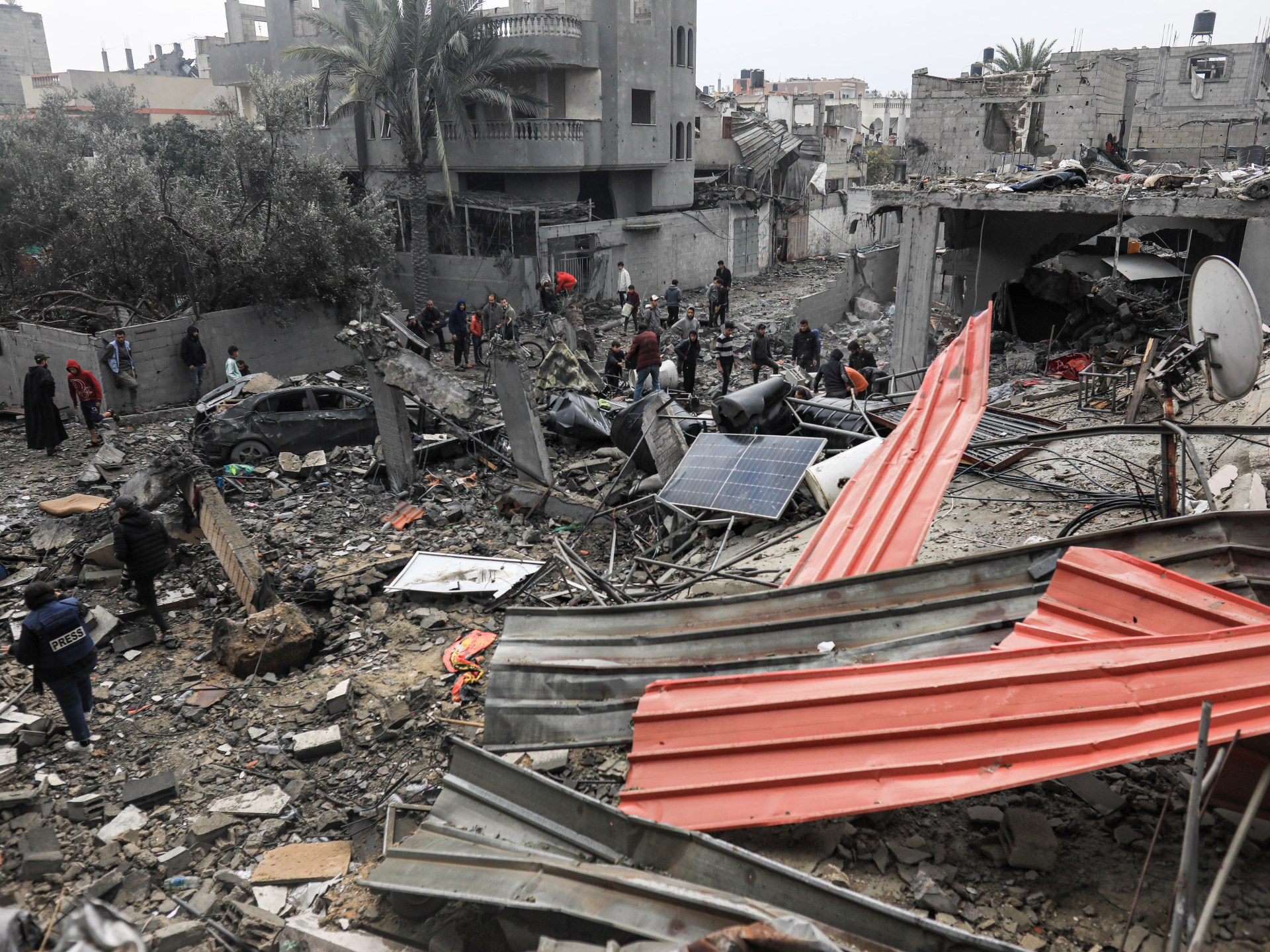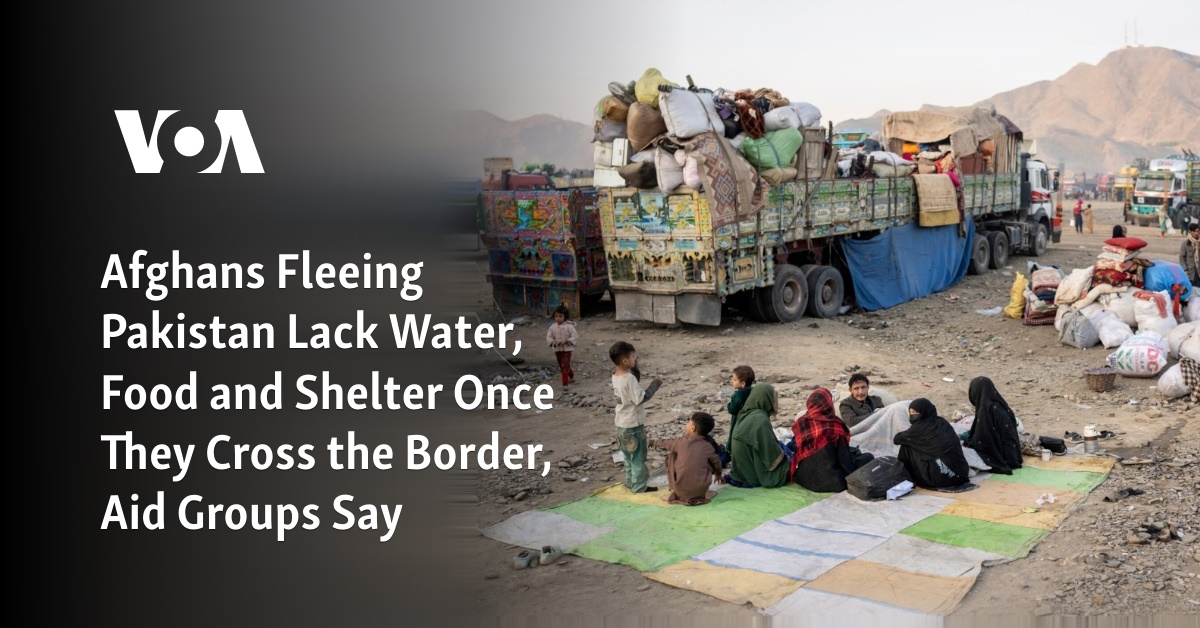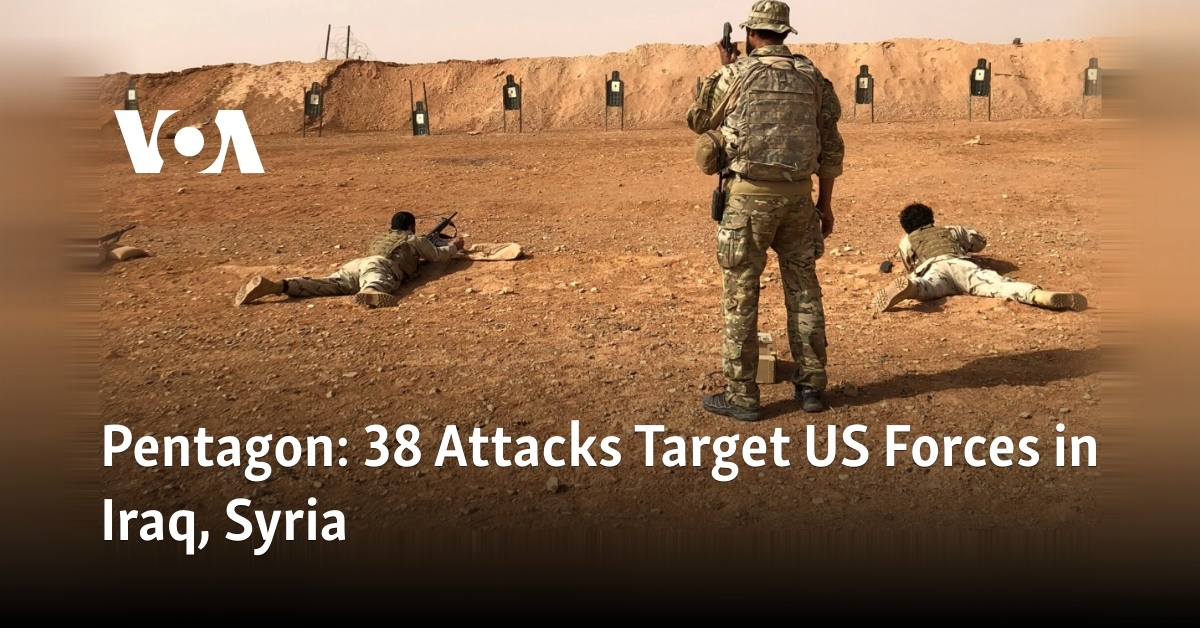
Deir el-Balah, Gaza Strip – It has been four days since Gaza’s smallest refugee camp was hit again by Israeli airstrikes, but Palestinians are still digging up the bodies of their relatives from the rubble there.
The rush in Maghazi in the central Gaza Strip Late Sunday, at least 90 people were killed, including children and many internally displaced people.
In one of the deadliest attacks on the Gaza Strip since Israel’s war against the enclave began on October 7, residents including Ashraf al-Haj Ahmed said the attack was “sudden” and without prior warning.
“At around 11:30pm that night, we witnessed a series of large explosions that shook the entire camp,” al-Haj Ahmed told Al Jazeera.
Among them was his relative’s house laid flat on the floor. Al-Haj Ahmed recalled running toward it when the bombardment woke him just a few blocks away.
At the scene, he found a destroyed four-story building “on top of the building’s occupants.”
“There must have been around 40 people, including the owners of the house and displaced families,” he said.
At least three houses in the crowded camp were hit by Israeli airstrikes. Officials in Gaza said seven families were among the victims.
While the official number of those killed is 90, residents of the camp near Deir el-Balah say, the reality is much higher, with entire blocks of flats destroyed.
“There are at least 50 people living in each house,” another Maghazi resident told Al Jazeera. “Many of them are displaced Palestinians from other parts of the Gaza Strip who have been forced to leave their homes.”
![[Abdelhakim Abu Riash/Al Jazeera]](https://www.aljazeera.com/wp-content/uploads/2023/12/1E3A4509-1703730014.jpg?w=770&resize=770%2C513)
According to the UN Palestinian Refugee Agency (UNRWA), the camp normally houses 30,000 people. But with the displacement of Palestinians fleeing Israel’s relentless bombardment to other parts of the enclave, the number of people there has risen to an estimated 100,000.
“We pulled out so many body parts that we can’t even estimate the total number of deaths,” said the second resident.
“They are all torn to pieces and we are pulling them out with our bare hands,” he added. “We’ve collected at least two stacks of body parts now.”
“Dark and Painful Night”
Israel’s attacks have not spared the homes and shelters to which people have fled.
Although Maghazi is on the southern side of the Gaza Strip, an area that Israeli forces considered “safe” and ordered civilians from the north to flee before their ground offensive, it has been subject to heavy artillery fire Airstrikes.
It was too attacked last month when at least 50 Palestinians were killed. The area surrounding the camp has also been subjected to heavy Israeli shelling in the last week.
Abu Rami Abu al-Ais is among those who have sought refuge in Maghazi since he left his home in al-Zahra neighborhood. He said Sunday’s attack was not the first time he and his family members had been hit.
“We had a house in al-Zahra that was attacked. “After we came here, the house we were staying in was bombed again,” al-Ais, whose daughter is seriously injured, told Al Jazeera.
![[Abdelhakim Abu Riash/Al Jazeera]](https://www.aljazeera.com/wp-content/uploads/2023/12/1E3A4664-1703730150.jpg?w=770&resize=770%2C513)
He echoed al-Haj Ahmed’s experience, saying there was “no warning whatsoever” before the attacks.
Al-Ais said that in previous attacks on the enclave, Israeli forces sometimes warned residents of a building several minutes before an attack to evacuate the building, either by throwing leaflets or through speakerphones. But there had been no such warnings during this offensive.
“The rockets are falling on the heads of innocent people sleeping in their homes,” he said. “She [Israel] want to commit complete genocide.”
Al-Ais said people were still collecting the remains of their friends, neighbors and relatives with their bare hands.
“We found the remains of women and children who were blown up. “Their body parts were scattered over a span of about three blocks,” due to the intensity of the attacks, al-Ais said.
“It was a very dark and painful night for Maghazi,” he recalled. “The widespread and sheer destruction is indescribable.”
![[Abdelhakim Abu Riash/Al Jazeera]](https://www.aljazeera.com/wp-content/uploads/2023/12/1E3A4448-1703730320.jpg?w=770&resize=770%2C513)
The infrastructure, such as the roads leading to the camp, was also destroyed.
Al-Ais said there were no excavators that could speed up the process of rescuing people from beneath the concrete blocks.
The lack of much-needed fuel to run bulldozers and vehicles means residents – like civil defense teams in Gaza – are digging with just their bare hands to pull as many victims as possible from beneath the rubble.
Israel has blocked the import of fuel since it imposed a full siege on the already blockaded Gaza Strip early in the war and has allowed only a very small amount of aid through the Rafah crossing.
“We don’t need food, we don’t need water, we don’t need coffins,” al-Ais said. “What we need is a ceasefire and an end to this war.”
Al-Haj Ahmed agreed. “Shame on the Arab world. We don’t just need help, we need you personally. Come and stand with your brothers,” he said.
Attacks on refugee camps and civilian infrastructure have been the order of the day since October 7th. The Jabalia refugee camp in northern Gaza has been attacked several times, killing hundreds of Palestinians.
Civilian infrastructure – including schools, hospitals, ambulances and places of worship – was also bombed.
More than 21,000 Palestinians have been killed since October 7, while nearly 1.9 million – more than 80 percent of the 2.3 million people living in Gaza – have been displaced.






Recent Comments